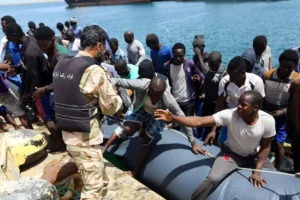In the aftermath of a devastating earthquake in September, Morocco faces a daunting challenge of rebuilding. The quake, which claimed over 3,000 lives and damaged around 1,000 villages, has ignited a debate on the best approach to reconstruction. The country plans to invest $11.7 billion, about 8.5% of its annual GDP, in post-earthquake recovery over the next five years.
King Mohammed VI’s cabinet has pledged to rebuild in a manner that respects the nation’s heritage and architectural features. However, there’s growing tension between traditional building methods and modern construction materials. Villagers and architects are divided over prioritizing safety or maintaining cultural heritage.
Many local residents express a preference for concrete and cinderblocks over traditional earthen bricks. The belief that modern materials are safer and signify a higher social status has gained traction, particularly as parts of Morocco have undergone rapid development.
However, experts like Mohammed Hamdouni Alami, a professor at Rabat’s National School of Architecture, and Japanese-American structural engineer Kit Miyamoto argue that traditional materials like adobe, if used with proper techniques, can be equally effective. Miyamoto’s team’s report found no significant difference in seismic performance between traditional and modern construction systems, emphasizing that poor construction quality, not the material, was the primary cause of failure.
The challenge lies in implementing Morocco’s building code, which includes new seismic safety requirements added in 2011 but has seen limited application.
Source: Themedialine











